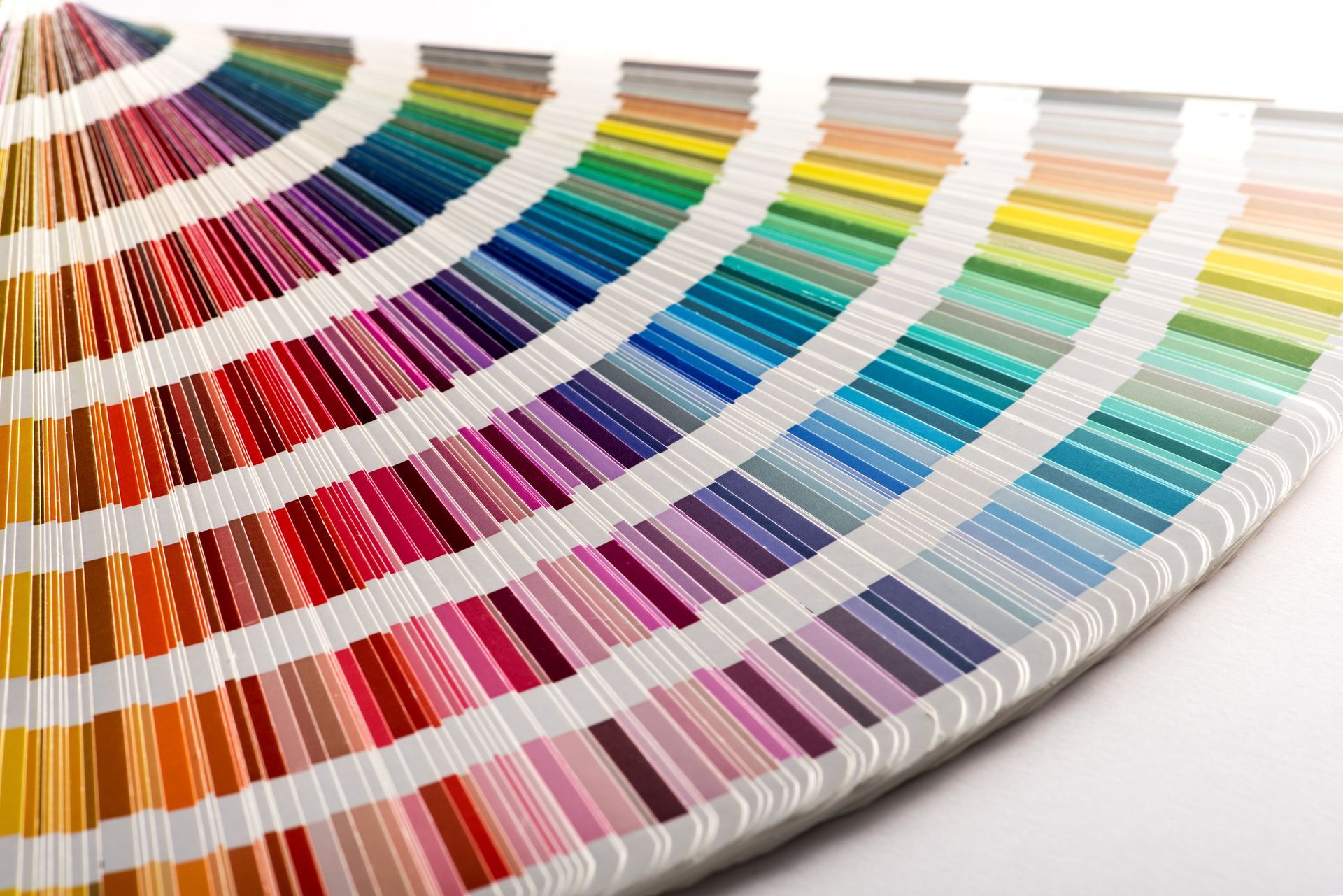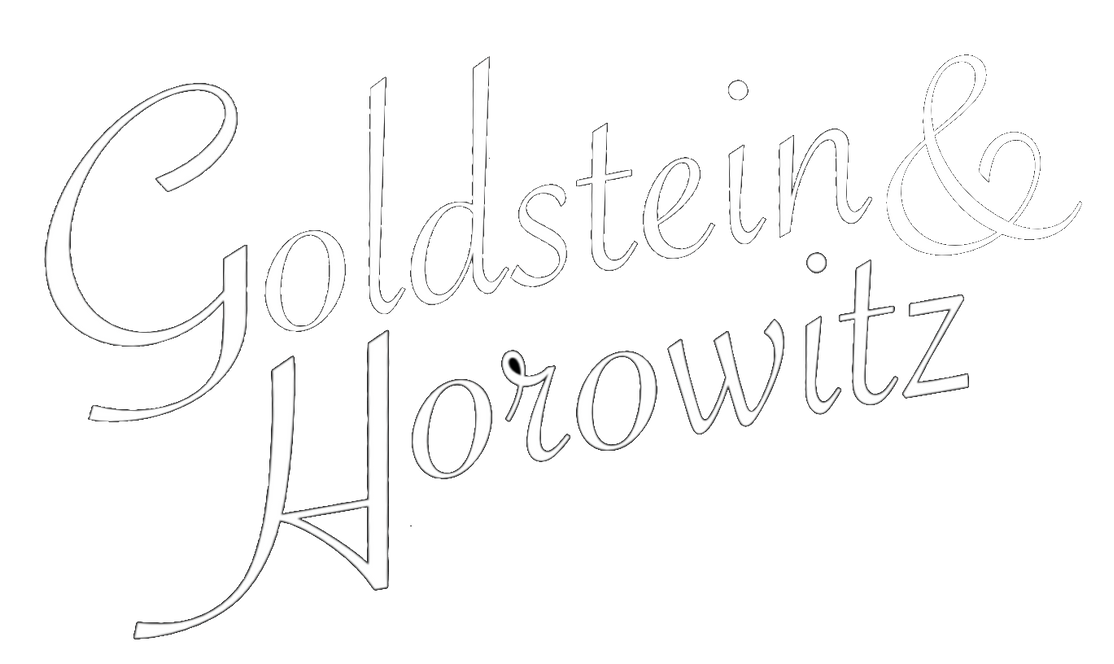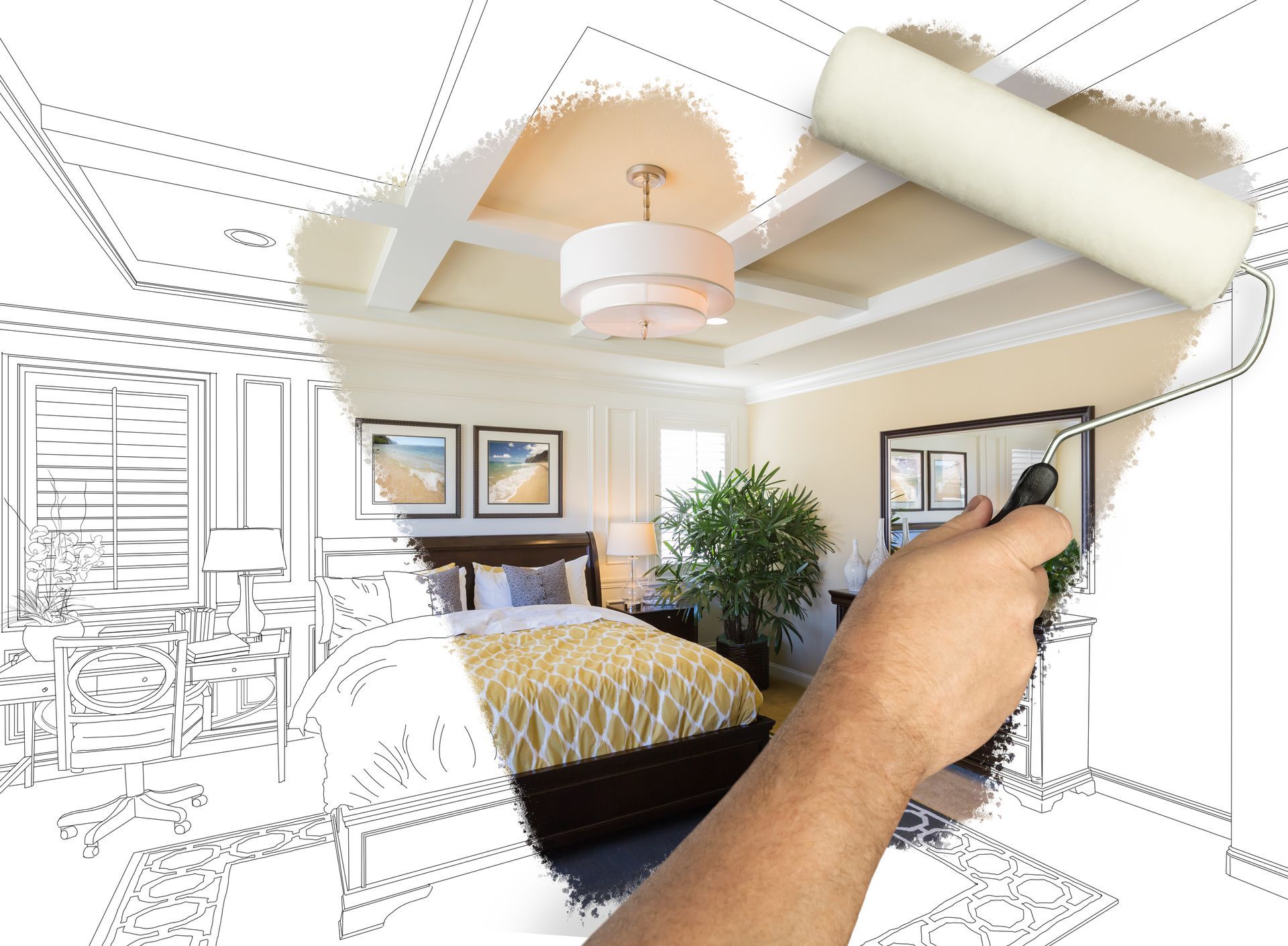There’s a reason filmmakers call it “magic hour.” The fleeting moments just after sunrise and before sunset cast a golden, cinematic glow that can transform ordinary scenes into something breathtaking. But for scenic artists, the romance of magic hour also brings a unique set of challenges. At Goldstein & Horowitz, we know firsthand that capturing visual harmony across shifting natural light requires a blend of artistry, technical expertise, and seamless collaboration with the film’s creative team.
Why Magic Hour Matters in Film Production
Magic hour—sometimes called “golden hour”—is treasured in filmmaking for its soft, diffused light and warm tones. This natural lighting flatters skin, softens shadows, and adds a poetic quality to every frame. Movies like “Days of Heaven” and “La La Land” have famously used magic hour to stunning effect, leveraging its ethereal atmosphere to heighten emotion and narrative impact.
However, this period is notoriously short, typically lasting less than an hour—and sometimes mere minutes. As the sun rises or sets, color temperature and light direction change rapidly, making it difficult to maintain visual consistency for extended sequences. For scenic artists, this means every painted surface must be carefully considered for how it will react under a spectrum of warm and cool tones.
The Scenic Artist’s Role Under Natural Light
Unlike controlled studio environments, outdoor or window-lit sets require scenic artists to anticipate how painted finishes will interact with ever-changing sunlight. Surfaces that appear vibrant at noon may look muted at dusk. A wall that glows gold at sunrise could appear cool and gray as twilight descends.
At Goldstein & Horowitz, we approach each project with a keen understanding of these variables. Our team’s extensive experience in both film and commercial environments equips us to design and execute finishes that remain visually compelling, no matter the hour. We pay close attention to color theory, pigment composition, and sheen levels, knowing that even subtle shifts can have a dramatic impact on camera.
Collaboration Between Scenic Artists and Cinematographers
One of the most critical aspects of navigating magic hour challenges is close collaboration with the cinematography team. Cinematographers are experts in manipulating exposure, filters, and camera settings to capture the perfect shot, but their efforts depend on scenic artists preparing surfaces that respond predictably to changing light.
Early in pre-production, our team consults with the set team to review color palettes and test finishes in situ. We often conduct paint samples directly on set, observing how different colors and textures respond at various times of day. This hands-on approach allows for real-time feedback and fine-tuning, ensuring that the finished set will deliver the desired mood and continuity regardless of natural lighting shifts.
In some productions, scenic artists and cinematographers rely on digital tools and color meters to precisely measure and match color temperatures. According to SmallHD, modern productions may even use high dynamic range (HDR) monitors to preview how scenes will appear once graded in post-production, giving the entire team confidence that painted elements will look as intended.
Techniques for Visual Consistency Across Changing Light
Maintaining consistency when painting for magic hour demands specialized techniques and a deep understanding of materials.
One essential strategy is the use of neutral undertones in painted surfaces. By selecting base hues that harmonize with both warm and cool lighting, scenic artists can create finishes that don’t shift drastically in different light. For example, a gray wall with a touch of ochre might read as golden in the morning but still maintain depth and character as the light cools at dusk.
Glazing and layering are also vital. By building up translucent layers, scenic artists create nuanced surfaces that catch and reflect light in realistic ways. This technique, rooted in classical painting, allows for subtle modulation in color and sheen that adapts gracefully as the sun moves across the sky. Our work often incorporates these methods, ensuring that finishes remain lively and dimensional in every shot.
Another consideration is the finish’s sheen. Matte and eggshell paints are often preferred for outdoor or strongly lit sets, as they diffuse light and reduce unwanted glare. This is especially important during magic hour, when the low angle of the sun can create intense highlights and reflections. Our team experiments with a range of finishes to find the perfect balance between vibrancy and realism.
Real-World Examples and Set Stories
The challenges of magic hour are not just theoretical—they arise regularly on film sets and in a variety of projects. Scenic artists often need to ensure that painted surfaces, such as weathered brick façades or textured walls, maintain their authenticity and vibrancy whether illuminated by the rosy glow of dawn or the cool tones of early evening. This typically involves collaborating closely with the cinematography team to test color samples at different times of day, and often leads to the use of multi-layered glazes or adaptable finishes that respond beautifully to changing light.
These film-honed techniques are also highly valued in residential and commercial painting projects, where light conditions can dramatically affect how colors and finishes appear throughout the day. By applying these advanced methods, scenic artists can help ensure that interiors and exteriors look their best in both morning and evening light. This cross-pollination of skills between film and architectural work is a hallmark of experienced scenic professionals.
The Impact of Technology and Innovation
Advancements in digital technology have given scenic artists even more tools to meet the magic hour challenge. Software like LightStanza allows for precise modeling of how light will hit a set at any time of day, while color calibration hardware helps ensure that what looks perfect to the eye will also look perfect on camera.
Still, there is no substitute for hands-on artistry and experience. The best scenic artists blend technical knowledge with creative intuition, making adjustments on the fly as conditions change. This is where our years of expertise at Goldstein & Horowitz shine—adapting, troubleshooting, and delivering beautiful results no matter what nature throws our way.
Why It Matters for Every Project
The lessons learned from painting for magic hour don’t just apply to big-budget films. Whether you’re designing a set, planning a special event, or considering a custom wall finish for your home, understanding how light interacts with color is key to achieving the perfect look. Our approach combines the best of artistic tradition, technical know-how, and collaborative spirit, ensuring that every space we touch is transformed into something magical.
If you’re interested in learning more about our process or want to see how cinematic artistry can enhance your next project, contact Goldstein & Horowitz today. From Westchester County to Fairfield County and beyond, we’re ready to bring your vision to life—no matter the hour.





